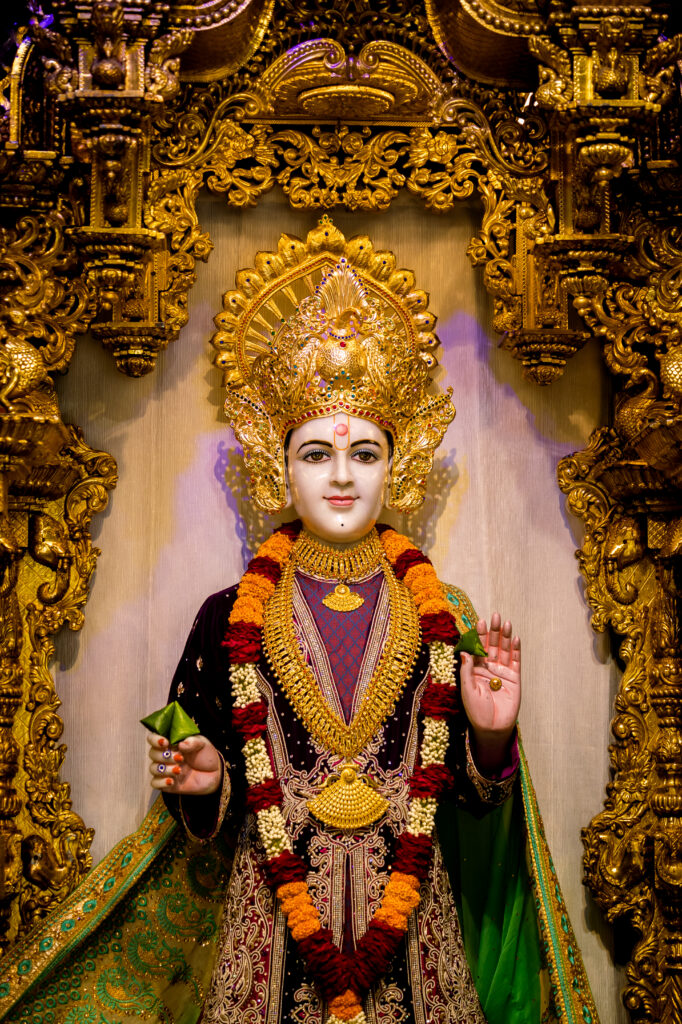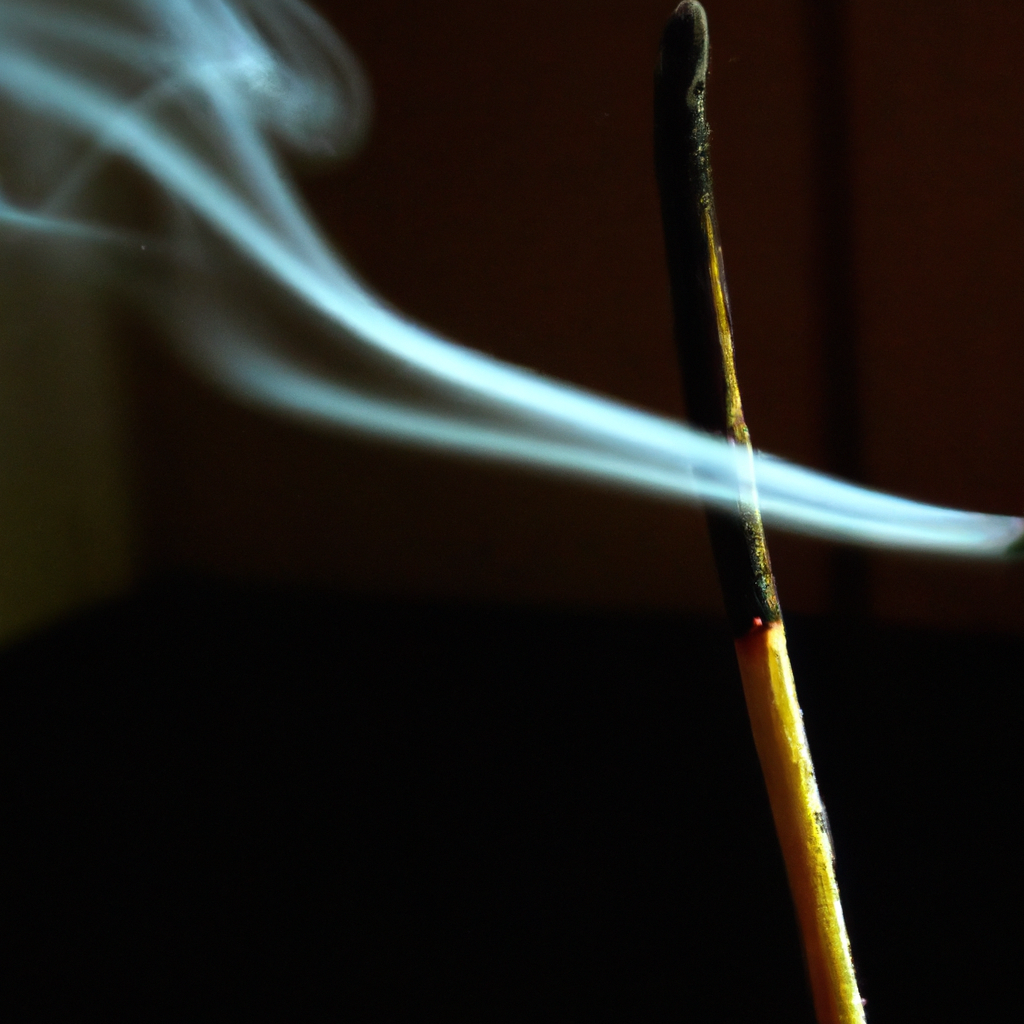Incense has been a staple in religious rituals for centuries, but have you ever wondered why it holds such an important role? This article seeks to shed light on the significance of incense in religious practices by exploring its historical and spiritual roots. By delving into commonly asked questions and examining the reasons behind its usage, we hope to uncover the deeper meaning behind the fragrant smoke that fills sacred spaces during these sacred ceremonies. So, grab a cup of tea, sit back, and let’s embark on a journey to unravel the mysteries of why incense is used in religious rituals.
History of Incense in Religious Rituals
Ancient Origins
Incense has a long and rich history dating back thousands of years, with its origins rooted in ancient civilizations. The burning of aromatic substances, such as herbs, flowers, and resins, was practiced by various cultures around the world. In ancient Egypt, for instance, incense was used in religious rituals to communicate with the gods and to honor the deceased during funerals. Similarly, in ancient China, incense was believed to have the power to ward off evil spirits and bring good luck.
Spread across Cultures
As trade routes opened up and civilizations interacted with one another, the practice of using incense in religious ceremonies spread across cultures. From ancient Greece and Rome to Persia and the Indian subcontinent, the burning of incense became an integral part of their religious traditions. Each culture infused their own unique scents and rituals into the practice, contributing to the diverse tapestry of incense in religious ceremonies.
Symbolism in Different Religions
Incense holds deep symbolic meanings in various religions. In Hinduism, for example, it is believed that the aroma of incense carries prayers to the gods and purifies the sacred space. In Buddhism, the rising smoke of incense represents the transitory nature of life. In Christianity, incense is used to symbolize the prayers of the faithful rising to heaven. Islam incorporates the use of incense in mosque rituals as a way to purify the space and create an atmosphere of tranquility. Judaism also utilizes incense during certain rituals, such as the Havdalah ceremony, to symbolize the sweetness of the Sabbath. Native American spirituality often involves the burning of sacred herbs and plants as a means of purification and spiritual connection with the natural world.
The Role of Incense in Worship
Creating Sacred Space
One of the primary roles of incense in religious worship is to create a sacred space. The fragrant smoke from burning incense is believed to purify the environment, making it suitable for spiritual practice and connecting with higher realms. The aroma of incense helps to transform everyday spaces into places of reverence and devotion, setting the stage for meaningful religious rituals.
Purification and Cleansing
Incense is also utilized for its purifying and cleansing properties. The smoke is believed to cleanse negative energies, purify the mind, and create a sense of spiritual purity. It is often used to cleanse sacred objects, altars, and individuals before engaging in religious practices. The act of burning incense can create a sense of renewal and preparation for worship.
Elevating Prayers and Offerings
Incense is often burned as an offering to deities or as a means to elevate prayers. As the smoke rises, it is believed to carry prayers and intentions to the divine realm. The act of offering incense is seen as a gesture of respect and devotion, as it is believed to please the gods and invite their blessings. The aroma of incense is thought to enhance the spiritual atmosphere and create a sense of reverence during worship.

Types and Varieties of Incense Used
Natural Ingredients
Natural ingredients, such as herbs, flowers, resins, and woods, are commonly used in the production of incense. These natural materials are often sourced from plants known for their aromatic properties. For example, frankincense and myrrh resin are widely used in various religious traditions for their spiritual significance and pleasing aroma. Sandalwood, cedar, and lavender are also popular choices for their calming and sacred qualities.
Traditional Handcrafted Incense
Traditional handcrafted incense is made using age-old techniques that have been passed down through generations. Skilled artisans carefully blend aromatic ingredients, grind them into a fine powder, and then roll or shape the mixture into sticks, cones, or pellets. These traditional incenses are often made in small batches, ensuring the highest quality and authenticity in their fragrance.
Scented and Synthetic Incense
In addition to traditional incense, scented and synthetic incense have become popular options in recent years. Scented incense often combines natural ingredients with synthetic fragrances to create a wide range of scents. These incenses provide a broader selection of aromas and can be tailored to specific preferences. However, it is important to note that synthetic incense may not carry the same spiritual significance as traditional or natural incense.
Preparation and Usage of Incense in Rituals
Selection and Placement of Incense
When using incense in rituals, careful consideration is given to the selection and placement of the incense. Different scents may be chosen based on their symbolic meanings or the desired atmosphere for the ritual. For example, lavender may be used for its calming properties in a meditation practice, while rosemary may be selected for purification rituals. Incense may be placed on an altar, in a censer, or simply held by hand during the ritual, depending on the tradition and personal preference.
Lighting and Extinguishing
To properly use incense in rituals, it is important to know how to light and extinguish the incense. The tip of the incense stick or cone is typically lit with a flame and allowed to burn for a few moments before gently blowing out the flame, leaving the glowing ember. Care should be taken to ensure the incense is properly extinguished after use to prevent fire hazards.
Proper Handling and Burning Techniques
Proper handling and burning techniques help create a safe and effective incense experience. It is important to keep incense away from flammable materials, operate in a well-ventilated area, and use a suitable incense holder or burner to catch any falling ash. Burning incense should be monitored to prevent accidents or burns. Following these guidelines ensures that the aroma and spiritual benefits of incense can be enjoyed safely.

Significance of Aromatic Fragrances
Aiding Mental Focus
The aromatic fragrances of incense can play a significant role in aiding mental focus during religious rituals. Certain scents, such as sandalwood or patchouli, are known for their grounding and calming effects, helping to quiet the mind and enhance concentration. This can be especially beneficial during meditation or prayer, allowing individuals to fully immerse themselves in their spiritual practice.
Enhancing Spiritual Experiences
Incense has the power to enhance spiritual experiences by creating a sensory connection between the worshipper and the divine. The fragrance of incense can evoke emotions, stimulate memories, and heighten awareness, leading to a deeper level of spiritual engagement. The scent can act as a conduit, helping to bridge the physical and spiritual realms, and facilitating a more profound connection with the divine.
Creating a Sacred Atmosphere
The use of aromatic fragrances in religious rituals helps to create a sacred atmosphere that is conducive to worship and reverence. The pleasant aroma of incense permeates the space, enveloping worshippers in a sensory experience that cultivates a sense of spirituality and holiness. The fragrant smoke adds a visual element to the ritual, symbolizing the presence of the divine and inviting a deeper spiritual connection.
Symbolism and Meanings of Incense in Different Religions
Hinduism
In Hinduism, incense is considered an important offering to the gods. The act of burning incense is believed to please the deities and invite their blessings. Different scents are associated with different gods and goddesses, with each aroma carrying specific symbolic meanings. For example, sandalwood is often used to honor Lord Shiva, while jasmine is associated with the goddess Lakshmi.
Buddhism
In Buddhism, incense holds symbolic significance. The smoke rising from burning incense represents the transient nature of life and the impermanence of all things. It serves as a reminder to practitioners to let go of attachments and desires, and to embrace the present moment. Incense also plays a role in meditation, helping to establish a sacred and focused environment.
Christianity
Incense has been a part of Christian worship since ancient times. In Christianity, the burning of incense symbolizes the prayers of the faithful rising to heaven. It creates a sense of reverence and purification, helping to elevate the spiritual atmosphere during Mass and other religious ceremonies. The fragrant smoke is seen as a representation of the presence of the Holy Spirit.
Islam
In Islam, incense is commonly used in mosque rituals. It is burned during congregational prayers and religious gatherings to purify the space and create an atmosphere of tranquility. The aromatic smoke is believed to ward off negative energies and enhance the spiritual experience of worshippers. Incense is also used during special occasions and celebrations.
Judaism
Incense has a significant place in Jewish rituals, particularly during the Havdalah ceremony. The burning of fragrant spices, such as cloves or cinnamon, symbolizes the sweet aroma of the Sabbath departing. It marks the transition from the holy day to the ordinary week. Incense is also used during other ceremonies and prayers, adding a sense of sanctity and spirituality.
Native American Spirituality
In Native American spirituality, the burning of sacred herbs and plants, such as sage, cedar, or sweetgrass, is a common practice. These smudging rituals are used for purification, healing, and spiritual connection. The aromatic smoke is believed to clear negative energies, purify the environment, and create a sacred space for ceremonial practices and prayers.

Incense in Rituals and Ceremonies
Prayers and Meditation
Incense is often utilized during prayers and meditation to create a conducive environment for spiritual connection. The aroma of incense helps to still the mind, create a sense of tranquility, and heighten the focus of the worshipper. Burning incense during these practices adds a sacred element, enhancing the spiritual experience and providing a visual and olfactory reminder of the divine presence.
Offerings and Sacrifices
In many religious traditions, incense is offered as a symbolic sacrifice to deities or spiritual entities. The act of burning incense is considered a form of devotion and reverence, representing a gift to the divine. It is believed that the fragrant smoke carries these offerings to the gods, evoking blessings and divine favor. Incense offerings are commonly made during ceremonies, rituals, and special occasions.
Festivals and Celebrations
Incense plays a significant role in religious festivals and celebrations around the world. The burning of incense adds a festive and sacred dimension to these events, creating an atmosphere of joy and devotion. The sweet fragrance and rising smoke serve as a visual representation of the spiritual significance of the occasion. Whether it is the vibrant colors and scents of incense during Hindu festivals or the solemnity and reverence of incense during Christian Easter services, the role of incense in these celebrations is paramount.
The Ritual Tools and Accessories Associated with Incense
Incense Burners and Censers
Incense burners and censers are essential tools used in the proper burning and containment of incense. These vessels are designed to safely hold the incense during the ritual, while allowing the smoke to rise and disperse. Incense burners can come in various forms, ranging from simple metal or ceramic bowls to intricately carved and decorative censers used in ceremonial settings.
Charcoal and Incense Holders
Certain types of incense, such as resins and powdered incense, require the use of charcoal or incense holders for proper burning. Charcoal discs or briquettes are lit and placed in a suitable holder or censer, upon which the incense is sprinkled or placed. The heat from the charcoal causes the incense to burn and release its fragrance. Incense holders also come in various designs, from simple flat dishes to specialized holders designed to securely hold incense sticks or cones.
Incense Sticks and Cones
Incense sticks and cones are the most common forms of incense used today. They are convenient and easy to use, requiring no additional tools or accessories. Incense sticks are typically made from a combustible material, such as bamboo, coated with a fragrant paste or powder. Incense cones are shaped from a mixture of powdered incense and a binding agent. These pre-formed incense forms are widely available and offer a diverse range of scents and fragrances.

Scientific Studies on the Benefits of Incense
Effects on Brain Activity
Scientific studies have explored the effects of incense on brain activity and cognition. Research suggests that certain aromatic compounds found in incense, such as those derived from frankincense or sandalwood, may have mood-enhancing and stress-reducing properties. Inhalation of these aromatic compounds has been associated with increased relaxation, improved focus, and reduced anxiety, making incense a potential aid for mental well-being.
Aromatherapy and Psychological Well-being
Incense has been utilized in aromatherapy practices for its potential therapeutic benefits. The inhalation of certain fragrances is believed to impact emotions and mood. For example, lavender incense is often used to promote relaxation and sleep, while citrus scents may help uplift mood and energize the mind. Aromatherapy with incense can aid in psychological well-being, promoting a sense of calm, balance, and emotional equilibrium.
Potential Health Benefits
While further research is needed, preliminary studies have suggested that some incense ingredients may have potential health benefits. For instance, frankincense resin has been found to possess antimicrobial and anti-inflammatory properties. Sandalwood and cedarwood essential oils derived from incense have also demonstrated potential antimicrobial and insecticidal effects. These findings suggest that incense ingredients may have applications in traditional medicine and natural healing practices.
Ethical Considerations and Sustainability
Responsible Sourcing of Ingredients
As the demand for incense grows, it is important to consider the responsible sourcing of incense ingredients. This includes ensuring that the plants and materials used in incense production are ethically and sustainably sourced. This involves practices such as fair trade, supporting local farmers, and selecting ingredients that are harvested in an ecologically responsible manner. By being mindful of the origins of incense ingredients, we can help sustain the communities and ecosystems that provide these valuable resources.
Environmental Impact of Incense Production
The production of incense can have environmental impacts, particularly if not managed responsibly. Unsustainable harvesting practices, deforestation, and excessive use of chemical additives can all contribute to environmental degradation. By choosing incense made from natural ingredients and opting for products produced with environmentally friendly practices, we can minimize the ecological footprint associated with incense production.
Alternatives and Eco-friendly Options
For those concerned about the environmental impact of traditional incense production, there are alternative and eco-friendly options available. Some companies specialize in producing incense using sustainably sourced and organic ingredients. These alternatives often prioritize minimizing waste, using recyclable or biodegradable packaging, and supporting fair trade practices. By consciously selecting eco-friendly incense options, we can enjoy the spiritual benefits of incense while being mindful of our impact on the planet.
In conclusion, the use of incense in religious rituals has a long and diverse history. From ancient civilizations to modern-day practices, incense continues to hold symbolic significance and play a vital role in worship and spiritual practices. Its fragrance, both calming and uplifting, creates a sacred atmosphere, aids in mental focus, and enhances spiritual experiences. Incense serves as a conduit for prayers, offerings, and a means of purification and cleansing. With its rich symbolism and cultural variations, incense finds its place in religious traditions around the world. By understanding the history, significance, and responsible usage of incense, we can fully appreciate its role in creating sacred moments and deepening our connection with the divine.

